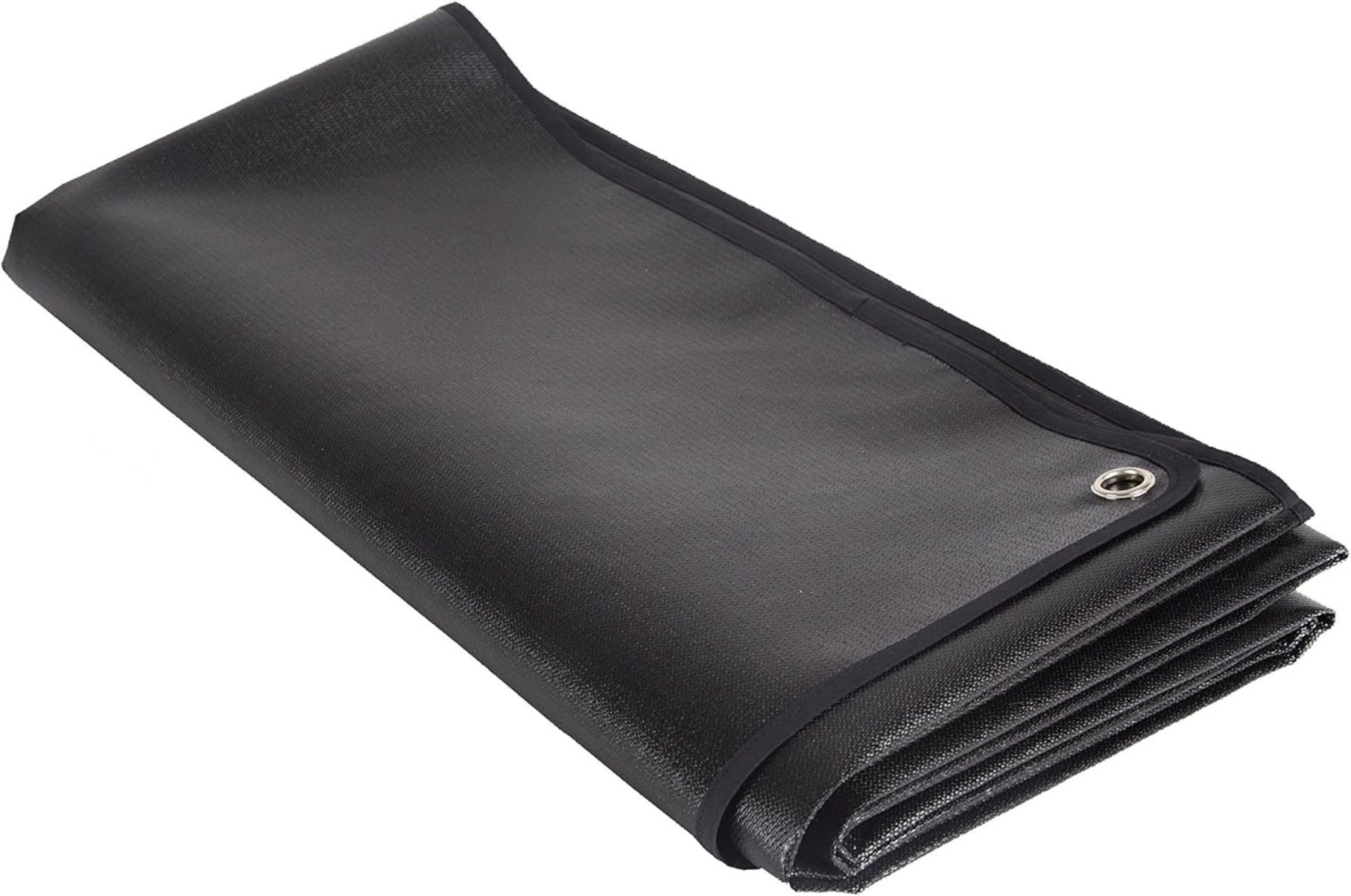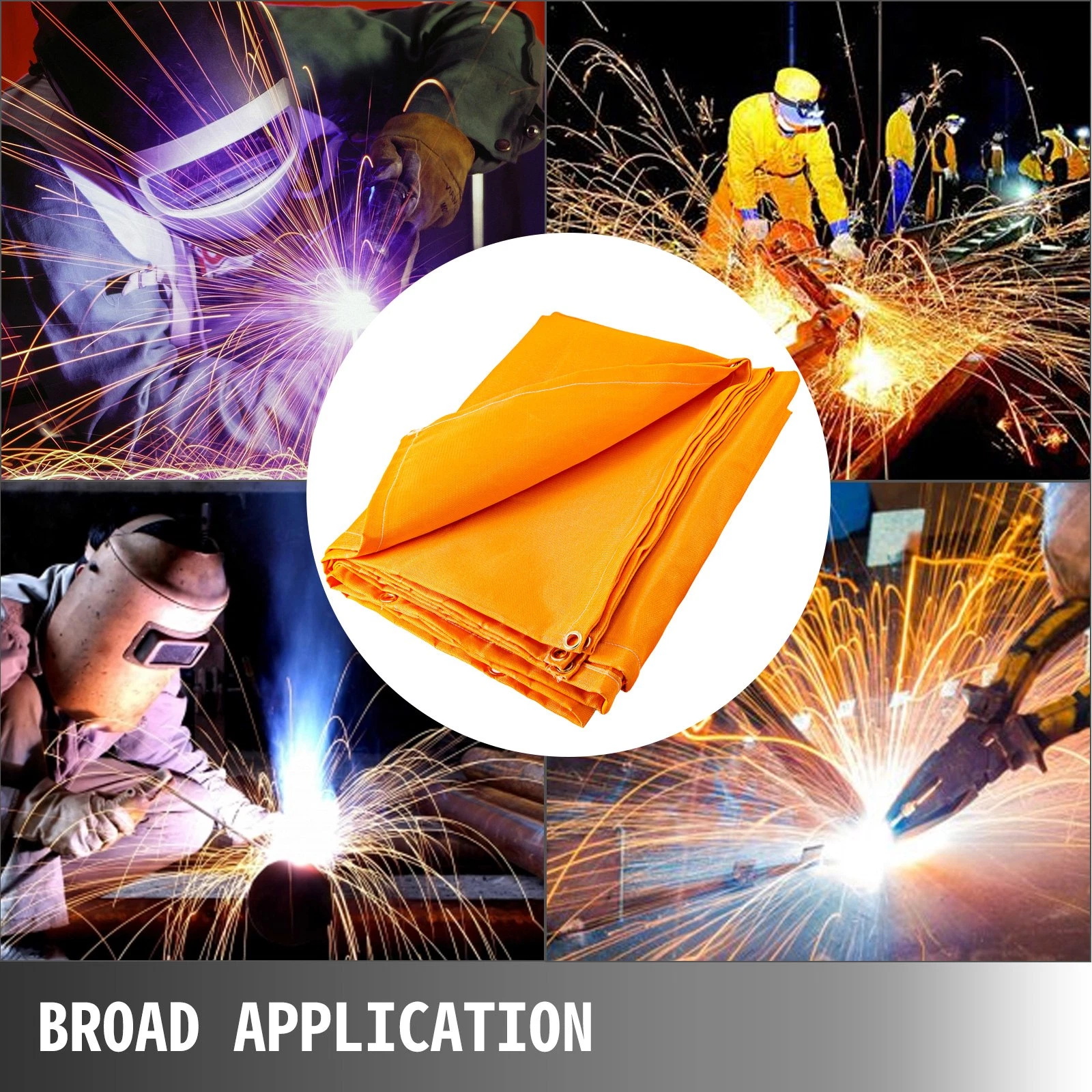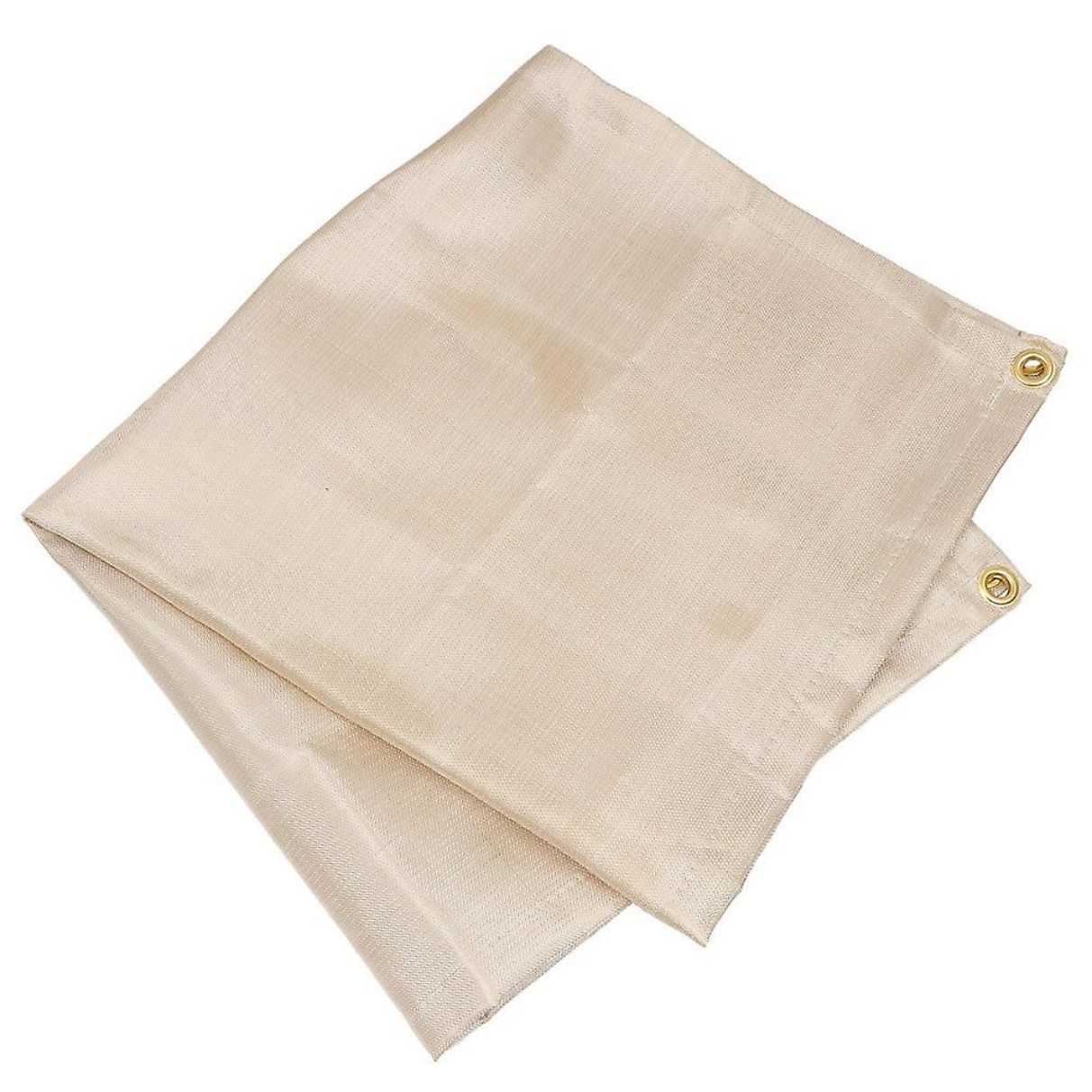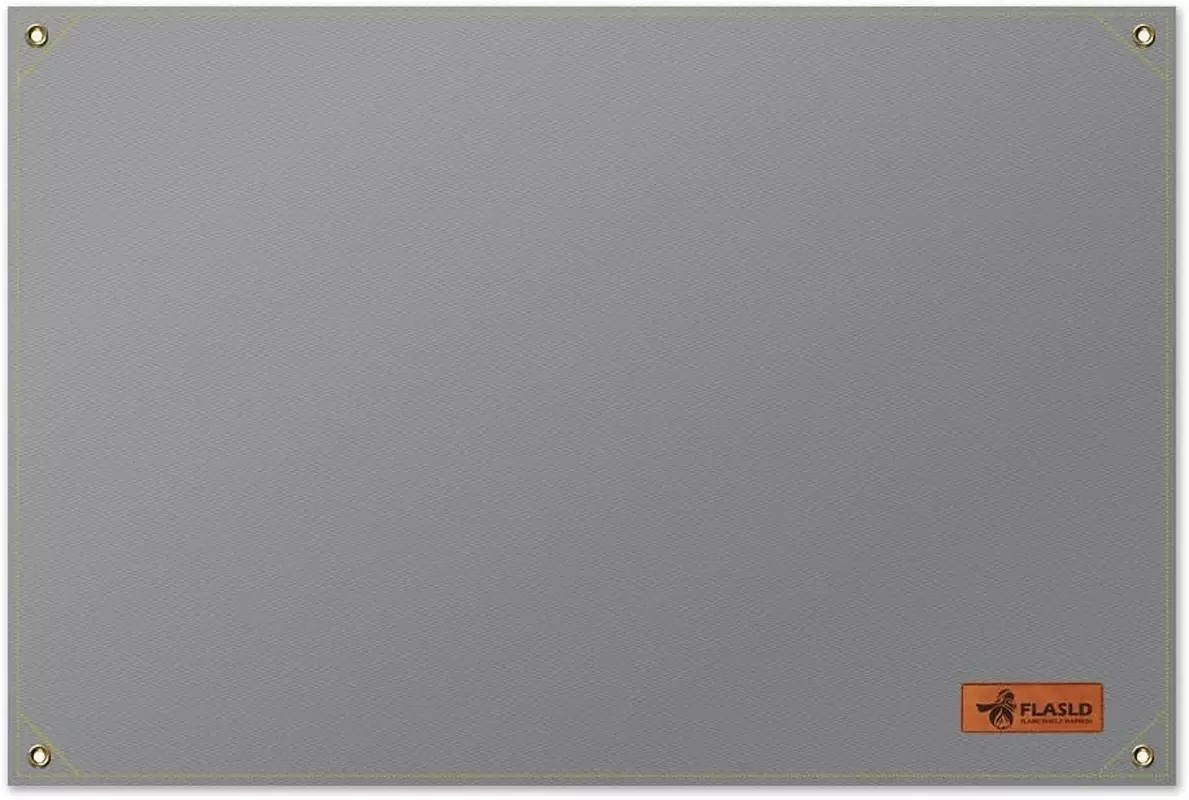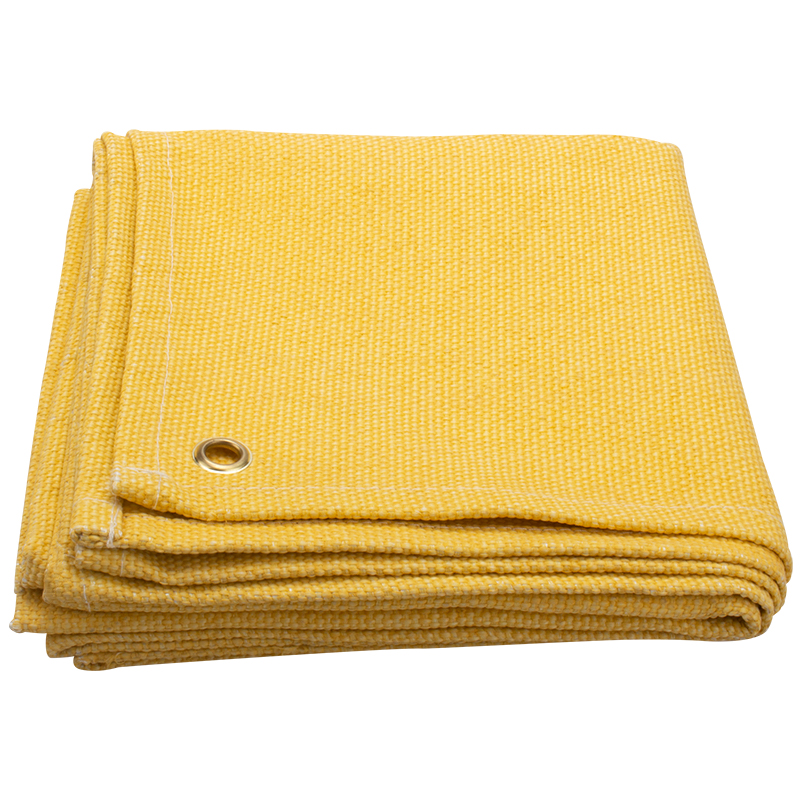Weld Heat Blankets: Essential Protection for Welding Projects and Pipe Maintenance
Weld heat blankets protect surfaces from sparks, slag, and heat damage during welding. These fire-resistant covers are essential for safety and preventing costly damage to surrounding materials. You'll learn about their types, uses, and how to choose the right one for your project.
What Are Weld Heat Blankets?
Weld heat blankets are protective covers made from heat-resistant materials like fiberglass, silica, or ceramic fabrics. You use them to shield nearby surfaces from welding heat, sparks, and molten metal splatter. Unlike regular tarps, they can withstand temperatures up to 2000°F (1093°C) without burning or melting.
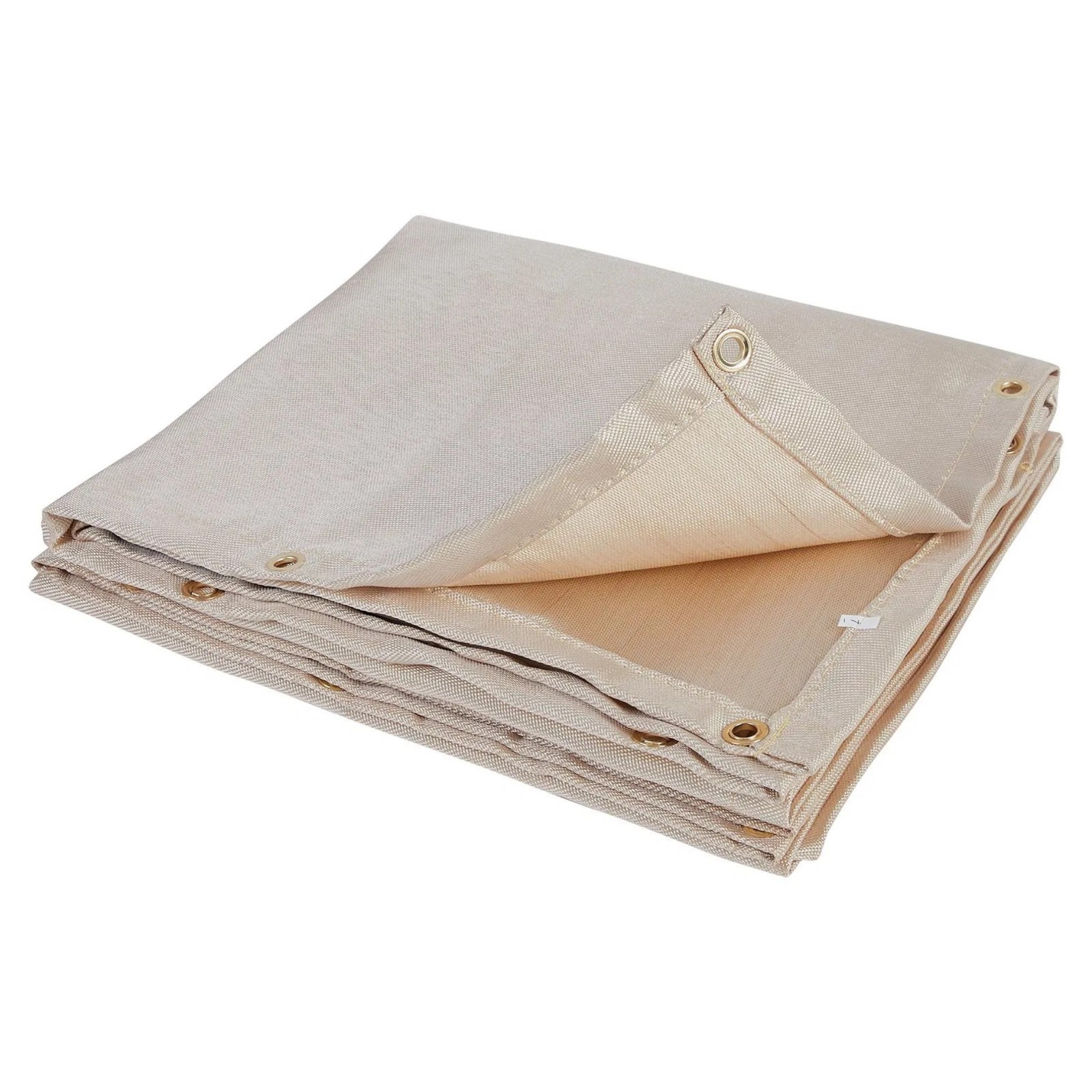
Why You Need Weld Heat Blankets
When you're welding, heat and sparks can travel several feet, potentially causing:
- Fires on flammable surfaces
- Damage to sensitive equipment
- Burns on finished surfaces
- Safety hazards for workers
Weld heat blankets solve these problems by creating a protective barrier. They're especially crucial when working near:
- Electrical wiring
- Plastic or rubber components
- Finished surfaces like paint or wood
- Hydraulic lines
Types of Weld Heat Blankets
You'll find several types designed for different applications:
- Fiberglass blankets:Most common, good for general welding up to 1000°F (538°C)
- Silica blankets:Higher temperature resistance (up to 1800°F/982°C), more flexible
- Ceramic fiber blankets:Best for extreme heat (2000°F+/1093°C+), used in heavy industry
- Welding curtains:Hanging barriers for larger areas
How to Choose the Right Weld Heat Blanket
Consider these factors when selecting a weld heat blanket:
- Temperature rating:Match it to your welding process (MIG, TIG, or stick welding produce different heat levels)
- Size:Measure the area needing protection with extra margin
- Material:Choose based on your specific hazards and environment
- Attachment method:Some have grommets for tying, others use Velcro or magnets
- Durability:Thicker blankets last longer in harsh conditions
Proper Use of Weld Heat Blankets
To get the most protection from your weld heat blanket:
- Cover all surfaces within at least 10 feet of your work area
- Secure the blanket tightly to prevent gaps where sparks could enter
- Inspect for damage before each use - replace if you see holes or thinning
- Store properly when not in use (clean, dry, and folded neatly)
- Combine with other safety measures like screens when needed
Maintenance and Care
With proper care, your weld heat blanket will last longer:
- Shake off slag and debris after each use
- Wash occasionally with mild soap and water (check manufacturer instructions)
- Never use bleach or harsh chemicals
- Air dry completely before storage
- Check for wear at stress points like edges and attachment points
Special Applications for Weld Heat Blankets
Beyond standard welding protection, these blankets are useful for:
- Pipe welding:Custom-shaped blankets protect pipe insulation during repairs
- Heat treating:Controlling cooling rates for metal parts
- Firestopping:Temporary protection during hot work in sensitive areas
- Grinding operations:Containing sparks from abrasive work
Safety Considerations
While weld heat blankets improve safety, remember:
- They don't replace proper ventilation for fumes
- Always have a fire extinguisher nearby
- Never leave hot blankets touching flammable materials
- Wear appropriate PPE in addition to using blankets
- Train all workers in proper use and limitations
Investing in quality weld heat blankets protects your equipment, facility, and most importantly - your team. Choose the right type for your specific needs and maintain them properly for long-lasting protection during all your welding projects.


